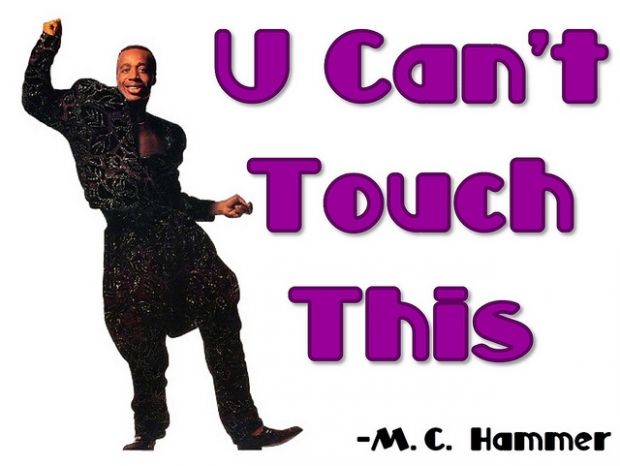In a paper published in the journal Nature, John Rogers and his team at Northwestern report new wireless and battery-free smart skin that could shift the course of this technology. Through a fast, programmable array of miniature vibrating disks embedded in a soft, flexible material, this smart skin can contour to the body and deliver sensory input -- what you'd feel when using it -- that Rogers says is quite natural.
"I would say a gentle touch or kind of a stroke, a type of sensation that you might feel if you rub your finger across your skin", Rogers said.
The applications for such a flexible smart skin are wide: social media, entertainment, virtual reality and video gaming, sensory feedback for amputees, even telemedicine could be given a human touch, the study said. At the office, employees could shake the hand of every business person attending a virtual meeting and feel a squeeze in return.
"What's particularly exciting about their work is how they incorporate wireless power delivery", said Luke Osborn, a postdoctoral researcher at the Johns Hopkins University Applied Physics Laboratory, who was not involved in the study. "I'm really excited to see how this technology progresses in the coming years."
Osborn's team previously developed a sensory feedback tool called an "e-dermis" that fits over prosthetic hands and mimics nerve endings, allowing amputees to feel pain.
The new smart skin would add to that technology, allowing amputees "to understand how much force they're using when they grasp an object as well as how hot or cold the object is", Rogers said.
"You can also deploy multiple devices at different areas of interest across the body and you can control all of them wirelessly and simultaneously", he added.
Rogers' team is motivated by the medical applications of the technology. They are currently working with stroke victims who cannot swallow, using smart skin to help trigger and time swallows with respiration to avoid choking.

